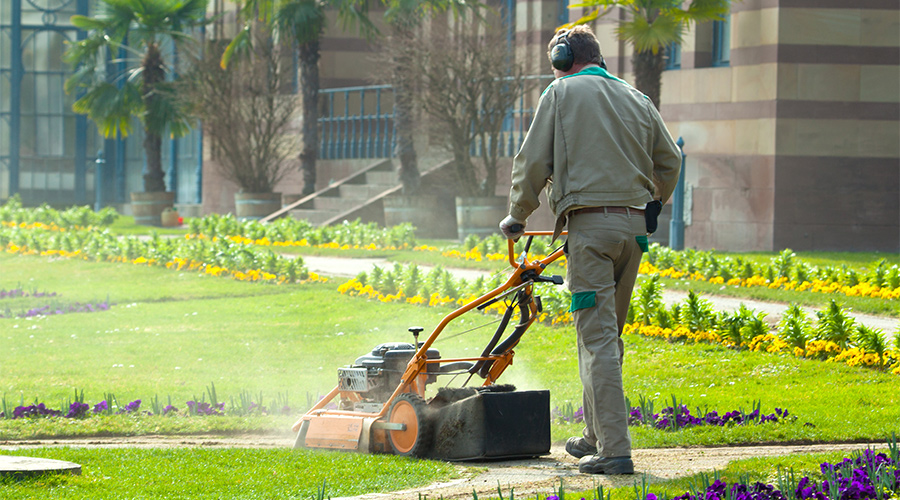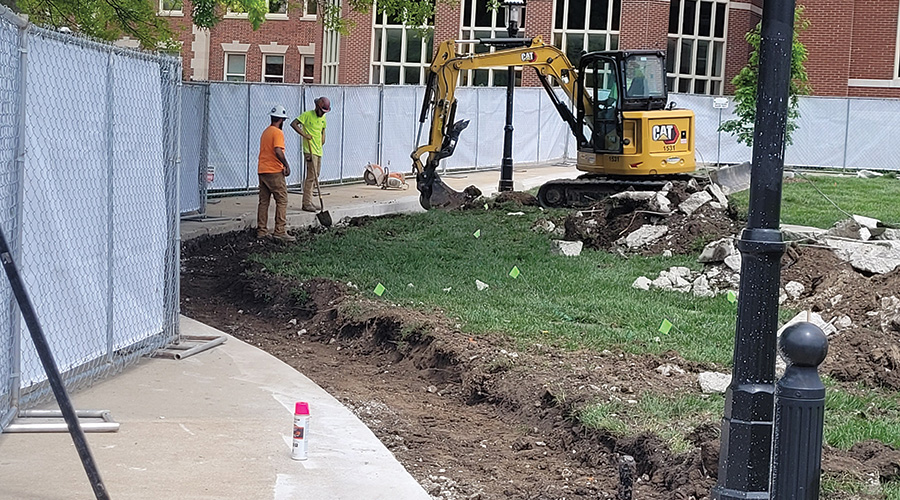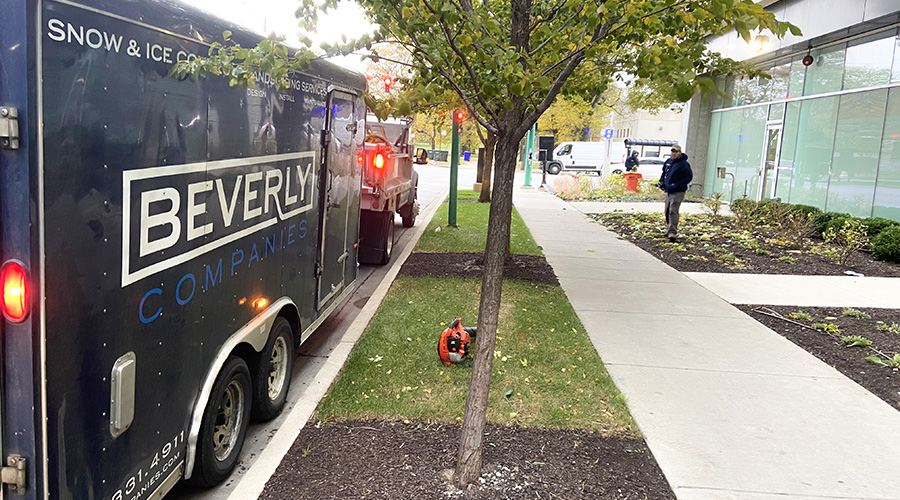Concrete Maintenance: Three Groups of Opaque Coatings
The primary considerations for selecting a high-performance opaque coating for installation over existing concrete slabs and decks are the configuration and condition of the concrete surface and the level of performance required. Managers must conduct condition surveys and testing to determine: characteristics of the structure; substrate quality, including cracks, spalls, and organic growth; and patching or repair requirements or special surface treatments.
To avoid unexpected costs during the project, managers must know the extent of concrete repairs needed and the materials to use. Knowing this information also ensures repair materials are compatible with the coating product.
Additional considerations include: existing coatings or patch materials; slab configuration; the slope of the deck or floor; exposure to direct sunlight; moving or static cracks; the presence of curing compounds or hazardous materials; and the potential of water-vapor emissions through the slab.
Understanding the behavior of a concrete surface is critical. If it is a slab-on-ground configuration, managers need to know about moisture movement through the slab to ensure proper coating adhesion and to minimize blistering and pinholes. Moisture testing at this stage can provide the needed information.
Creating a prioritized list of design constraints and performance goals will help narrow product choices. Design issues include: waterproofing requirements; anticipated surface traffic; temperature extremes; chemicals or cleaning products; and acceptable odor levels during installation.
Coating Types
Managers often specify three groups of opaque coatings:
Epoxy. Typically, installers mix epoxy and epoxy compounds from two components — a resin and a hardener. Epoxies are not breathable materials, but they are durable and bond well to concrete. They tend to be brittle and sensitive to ultraviolet (UV) light, so managers should avoid using them for applications requiring crack bridging under thermal cycling. Epoxies are best applied indoors.
Polyurethane. Polyurethanes can be water- or solvent-based, are excellent for bridging cracks and are suitable for exterior applications. They are sensitive to temperature and relative humidity during application and curing. Managers should ensure the manufacturer's representative or an independent consultant inspects the work.
Polyurea. Installers often spray-apply polyurea coating systems, which cure rapidly and allow more coats the same day. The coatings are stable when exposed to UV light, resist temperatures up to 350 degrees after curing, have good tensile capacity, and can be used in exterior applications.
Related Topics:













